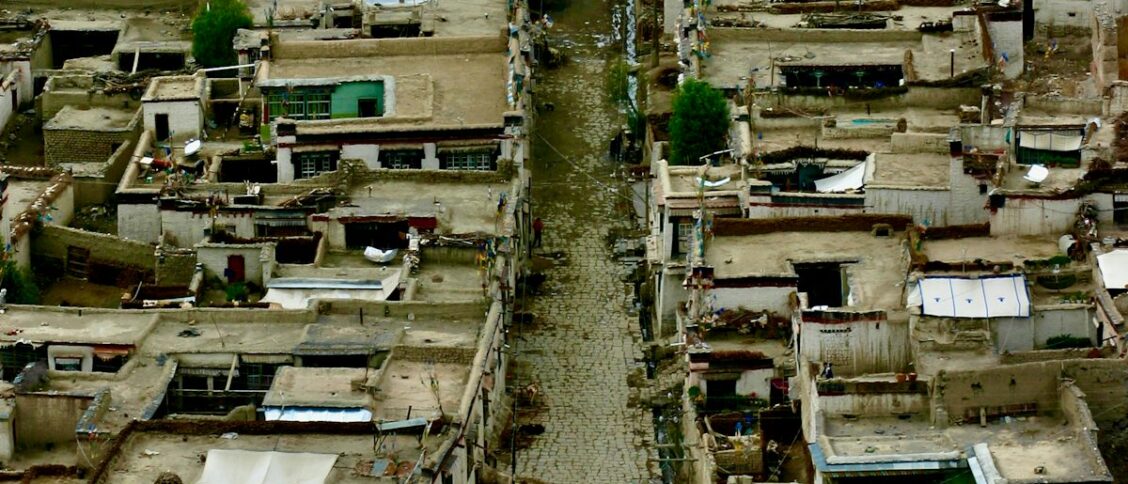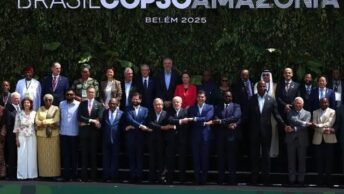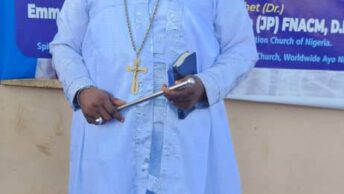Despite years of heavy spending to ease the burden of poverty, a new World Bank report has revealed that Nigeria’s social safety-net programmes are failing to reach the most vulnerable citizens they were designed to help.
The report, titled “The State of Social Safety Nets in Nigeria” and released in November 2025, shows that only 44 percent of the benefits from government-funded welfare schemes actually reach poor Nigerians.
This means that more than half of the resources meant to cushion economic hardship end up in the hands of those outside the poverty bracket.
According to the World Bank, the problem lies in poor targeting, weak funding, and fragmented implementation, which have left millions of Nigerians without meaningful relief despite government promises to reduce poverty.
The report comes as the federal government intensifies efforts to roll out its digital cash-transfer programme.
The Minister of Finance and Coordinating Minister of the Economy, Wale Edun, recently disclosed that 15 million households, about 70 million people, are expected to benefit from the N25,000 per month grant.
Edun said that roughly 8.5 million households have already received at least one tranche of the payment, with the remaining 6.5 million households to be covered before the end of the year.
However, the World Bank noted that while 56 percent of the beneficiaries of social protection programmes are classified as poor, they receive only 44 percent of the total funds.
This imbalance, the report explains, stems from the design of many schemes, which allocate fixed payments per household instead of per person — a structure that disadvantages larger, poorer families.
The findings raise serious questions about the effectiveness of Nigeria’s social protection framework, which has absorbed billions of naira annually but continues to deliver limited results for the poorest citizens.












